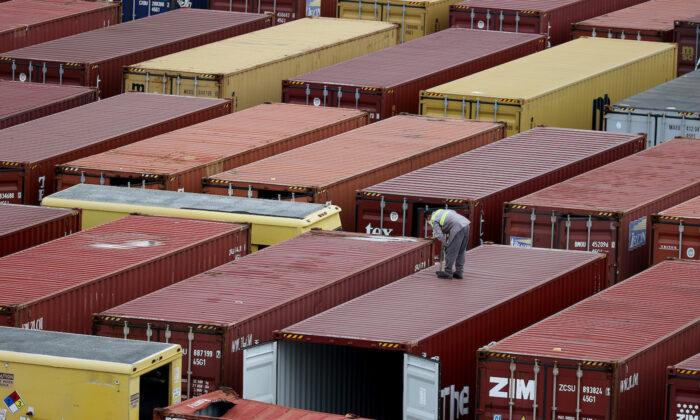Anticipating the economic and business environment is proving to be difficult for 2022, but many are trying to predict the outcomes of the current trajectory in order to plan better for next year. Here are supply chain-related predictions for the year from three sources: a survey done by Bloomberg, a trade credit insurer, and a leading international magazine within the financial community.
For Chris Rogers from Flexport, a freight forwarding tech platform based in San Francisco, California, he bases his expectation on consumer habits and the COVID-19 pandemic.
International Impacts on Supply Chains
Trade credit insurer Euler Hermes considers China’s zero-COVID policy that shuts down entire regions when singular infections are discovered and trade volatility during the Chinese Lunar New Year as negative impacts on the global supply chains in the short term.The insurer sees three factors that could stabilize trade and bring supply chains back to normalcy before the end of 2022. The first factor is cooling consumer demand.
The second factor is a return to pre-pandemic inventory levels for organizations. Due to increase in capital expenditure spending mainly in the United States and the urgency to restock over the past few months, “the level of inventories is already above pre-crisis long-term averages among most sectors.”
And, the final factor is a lowering of shipping congestion. As governments invest more in port infrastructure and increase port capacity, shipping costs are expected to decline from Q4, 2021. There is a record number of global orders for new container ships indicating a step toward resolving the freight bottlenecks currently faced in the United States.
This can help meet sudden spikes in demand, unlike the current situation where manufacturing disruptions in hubs like China have a direct impact on American production. Other predictions include high container rates, as the demand for goods and services continues to sustain through the year, while the backlog of existing orders gets fulfilled.
Discouraging Outlook for Supply Chains
There are also experts quite bearish on their outlook for next year, and they do not see any relief, at least in the near future, for supply chain issues.Alan Murphy from Sea-Intelligence, a weekly analytical report, said to Bloomberg, “The latest U.S. Census Bureau data shows no signs that we’re seeing any slowdown in U.S. consumer spending on durable goods, so we’re maintaining our outlook that we will continue to see a shortage of supply throughout 2022, with a possible resolution in 2023.”
Many others are worried about the rapidly-spreading Omicron variant which has now spread to more than 100 countries. Simon Heaney, senior manager at Drewry, a maritime research consultancy, said to the media outlet, “Regrettably, 2022 is shaping up to be another year full of severe disruption, under-supply and extreme cost for cargo owners.
“The virus is once again showing it is in charge and that all predictions related to it are folly, but it is not too bold to say this development will negatively impact the supply chain recovery by further depleting the already stretched supply of labor in the logistics arena and adding more healthcare-related red tape that will slow operations.”
A general market view indicates that many strategies are being put forth for resolving the present supply chain crisis. But, it will take time to bring about a tangible change. Meanwhile, disruptive situations like discoveries of new variants will put economies back on square one unless they grow resilient and learn to deal effectively with the circumstances.





